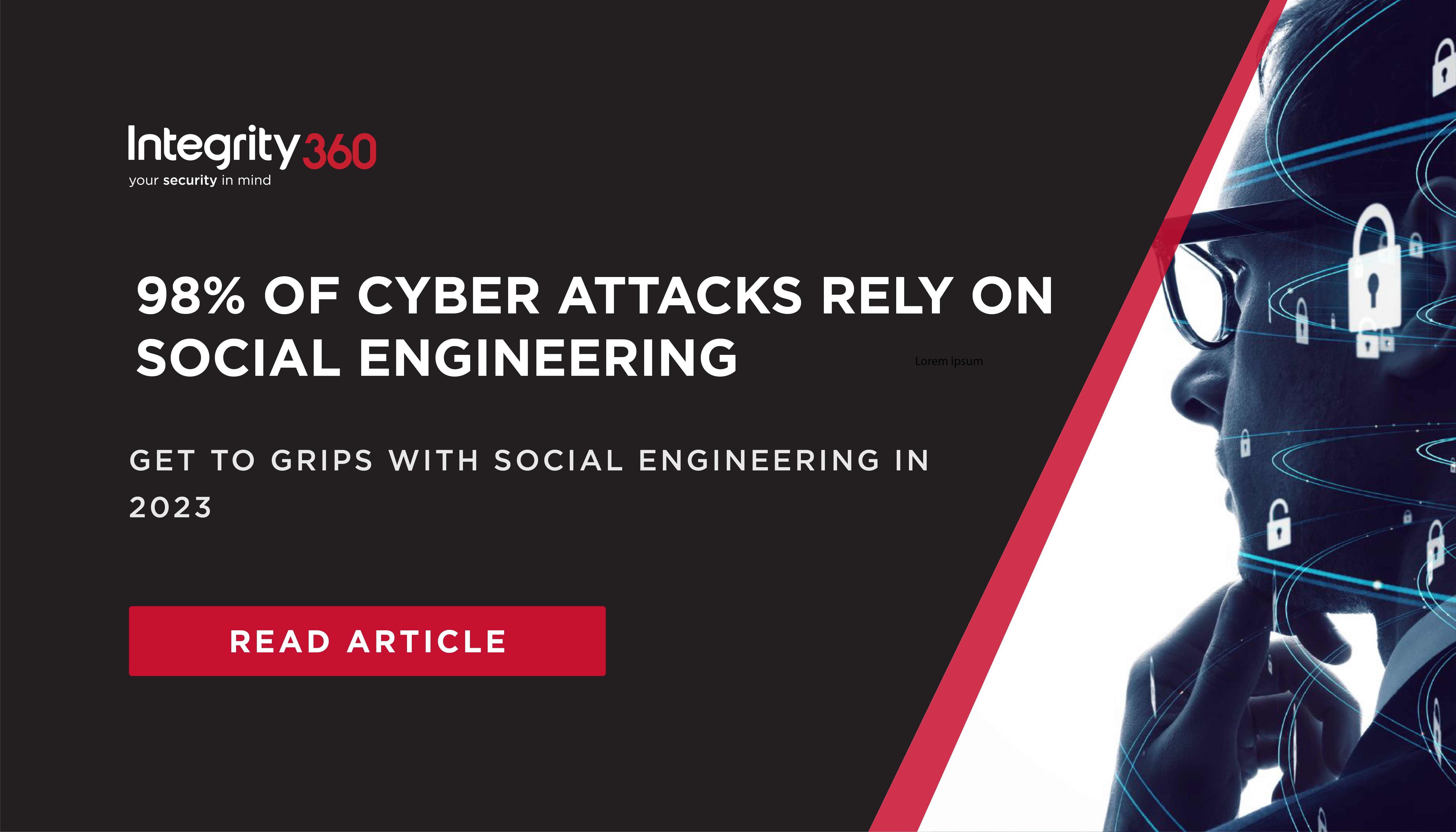Artificial Intelligence (AI) has been a hot topic in the world of cyber security for years, but with the public release of tools like ChatGPT and Microsoft’s Jasper AI chatbot, there are many scare stories out there about how such tools could be used to create sophisticated malware and hacking tools that could bring down entire networks. However, the truth is that most of these stories are just media hysteria and don't reflect the current state of AI technology. While it's true that such tools could be used by hackers, there are several reasons why people shouldn't believe the scare stories about AI and cyber security.
The Reality of AI in Cyber Security
First of all, it's important to understand that most cyber-attacks are not sophisticated at all. In fact, the vast majority of attacks are carried out by what are known as "script kiddies" – amateur hackers who use pre-built tools and scripts to carry out their attacks. While AI could certainly be used to make these tools more effective, the fact remains that most attacks are already being carried out using very basic methods.
That's not to say that AI won't play a role in serious cyber-attacks in the future – it almost certainly will. However, the reality is that current AI tools are not yet sophisticated enough to create truly advanced malware that can evade detection and cause serious damage. While there are certainly AI-powered tools that are being used by cyber criminals, they are still relatively basic compared to what many people imagine. In other words, the doomsday scenario that many media outlets have painted simply isn't accurate.
69% believe AI will be necessary to respond to cyberattacks – Reinventing Cybersecurity with Artificial Intelligence report -Capgemini Research Institute
Understanding the Limitations of Current AI Tools
There are several reasons why current AI tools are not yet advanced enough to create the kind of malware that many people fear. For one thing, AI is only as good as the data it has to work with. In order to create effective malware, an AI algorithm needs to be trained on massive amounts of data in order to learn how to evade detection and cause damage. While there are certainly large datasets of malware available, there are also many limitations to what these datasets can teach an AI algorithm.
Another limitation of current AI tools is that they are generally not very good at dealing with ambiguity. In other words, they struggle to handle situations where there is not a clear right or wrong answer. This is a problem in the world of cyber security, where there are often many different ways to approach a given problem, and it's not always clear which approach is the best. While there are certainly some AI tools that are designed to deal with ambiguity, they are still relatively rare, and most cyber criminals are not using them.
Finally, it's worth noting that the most effective form of cyber security is still human expertise. While AI can certainly help to automate certain tasks and identify potential threats, there is no substitute for the knowledge and experience of trained professionals. In fact, many of the most successful cyber security companies are those that have invested heavily in hiring skilled professionals who can spot potential threats and respond quickly to any attacks.
All of these factors combine to suggest that the scare stories about AI and cyber security are largely overblown. While it's certainly possible that AI will play a role in future cyber attacks, the reality is that most attacks are still being carried out using very basic methods. In other words, the threat posed by AI is largely theoretical at this point, and there is no need for people to panic or assume the worst.
The Threat of Social Engineering
That being said, there are certainly some concerns that people should be aware of when it comes to AI and cyber security. For example, there is a risk that AI could be used to carry out more targeted attacks, where the attacker is able to customize their approach to the specific target in question. This is a concern because it would make it much harder to defend against such attacks.
How AI Could be Used to Impersonate Trusted Individuals
There is also a risk that AI could be used to carry out "social engineering" attacks, where the attacker uses AI to impersonate a trusted individual in order to gain access to sensitive information or carry out fraudulent activities. This is a particularly concerning risk because it plays on human psychology and can be very difficult to detect.
However, it's important to remember that these risks are not unique to AI – they exist with or without the use of AI. In fact, many of the same risks have existed in the world of cyber security for years, and they are well understood by security professionals. The key to addressing these risks is to invest in effective security measures and to educate users about the potential risks.
Investing in Effective Security Measures
One of the most effective ways to address these risks is to invest in machine learning tools that can help to identify potential threats and respond quickly to any attacks. For example, many security companies are using machine learning algorithms to identify patterns in network traffic and flag any suspicious activity. These tools are particularly effective when they are combined with the expertise of trained security professionals, who can quickly investigate any potential threats and take appropriate action.
The Role of Machine Learning in Cyber Security
It's also important to educate users about the potential risks of social engineering attacks, particularly as they become more sophisticated. This can be done through training programs and by raising awareness of common techniques used by attackers, such as phishing emails and fake social media profiles. By empowering users to recognize and report suspicious activity, we can help to reduce the risk of successful attacks.
In summary, while there is certainly a risk that AI could be used to carry out cyber-attacks, the scare stories about AI and cyber security are largely overblown.
The Importance of Education in Addressing Cyber Security Risks
The reality is that most attacks are still being carried out using very basic methods, and current AI tools are not yet sophisticated enough to create truly advanced malware. However, there are certainly risks associated with the use of AI in cyber security, particularly when it comes to targeted attacks and social engineering. The key to addressing these risks is to invest in effective security measures, to educate users about the potential risks, and to combine the power of machine learning with the expertise of trained professionals. By doing so, we can help to ensure that our networks and systems remain secure in the face of evolving threats.
If you are worried about cyber threats or need help in improving your organisation’s visibility please Get in touch to find out how you can protect your organisation.









